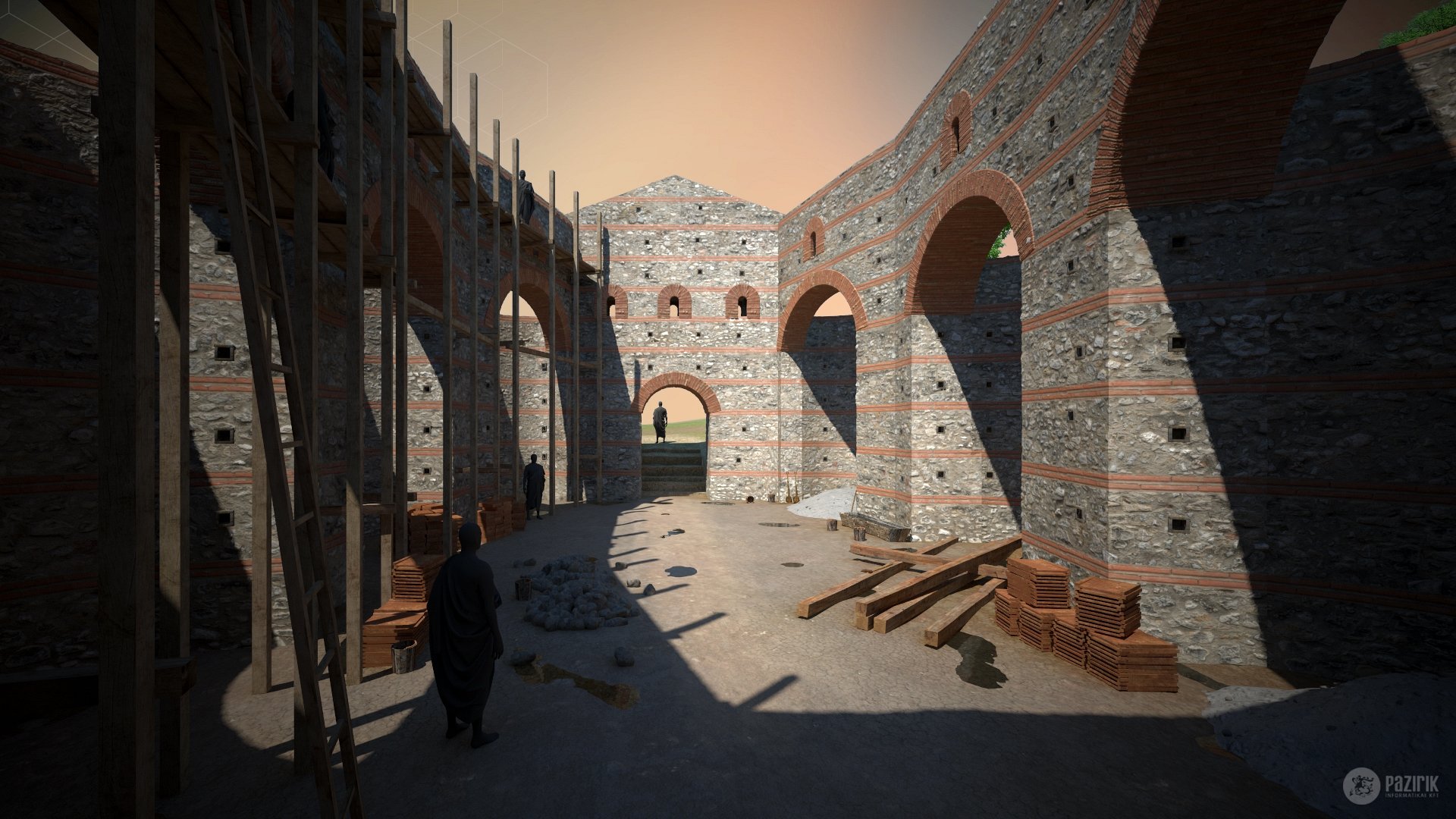
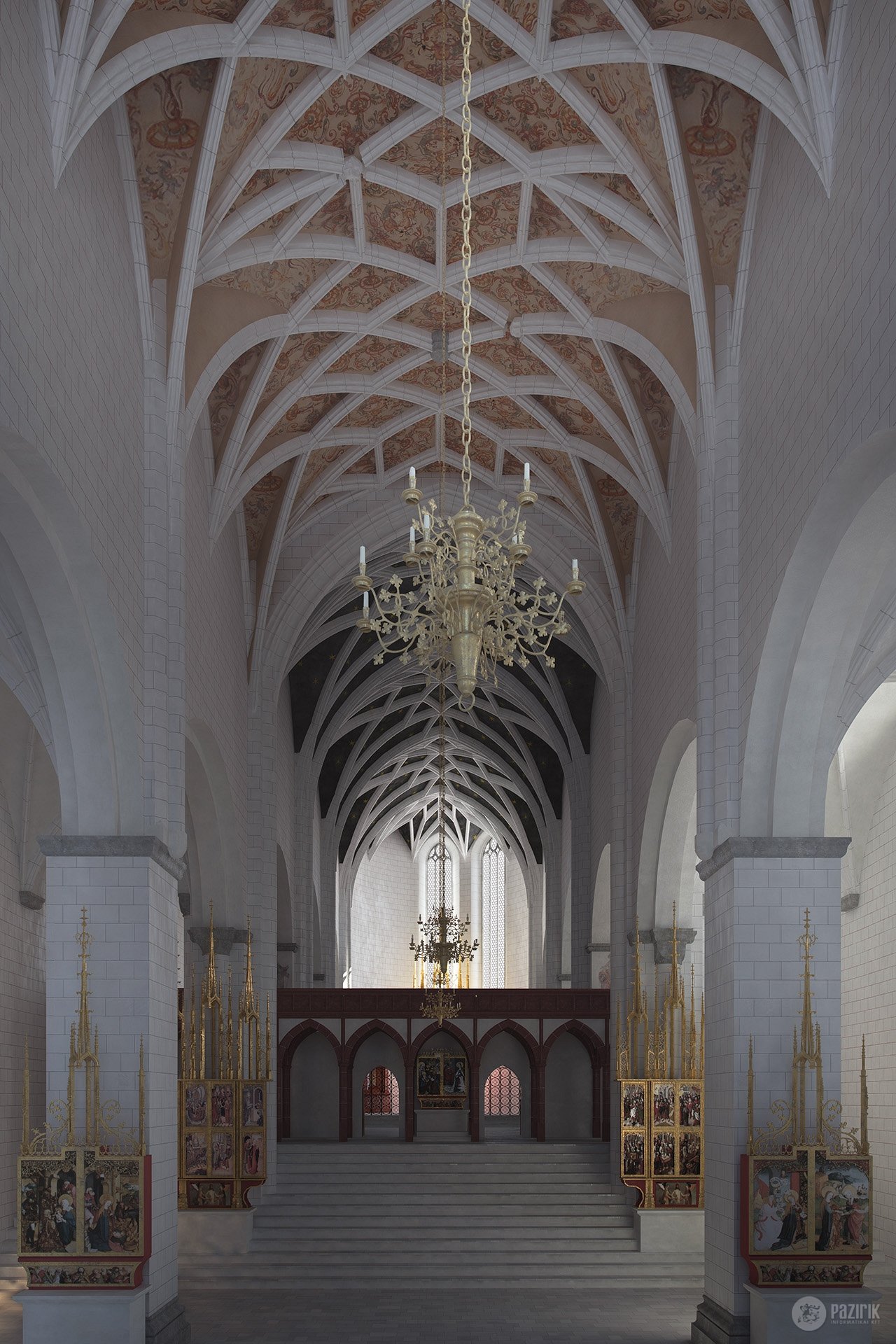
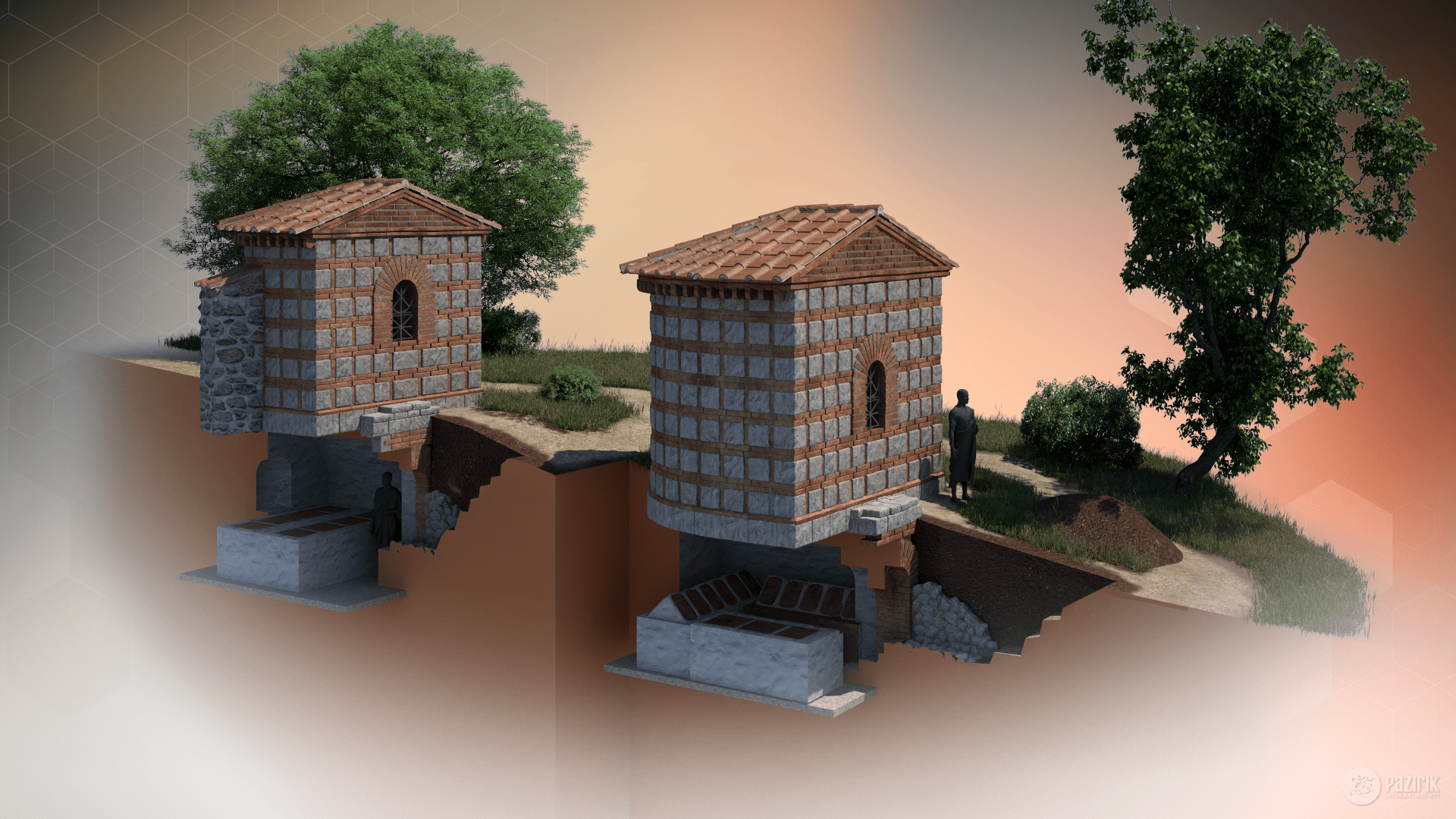
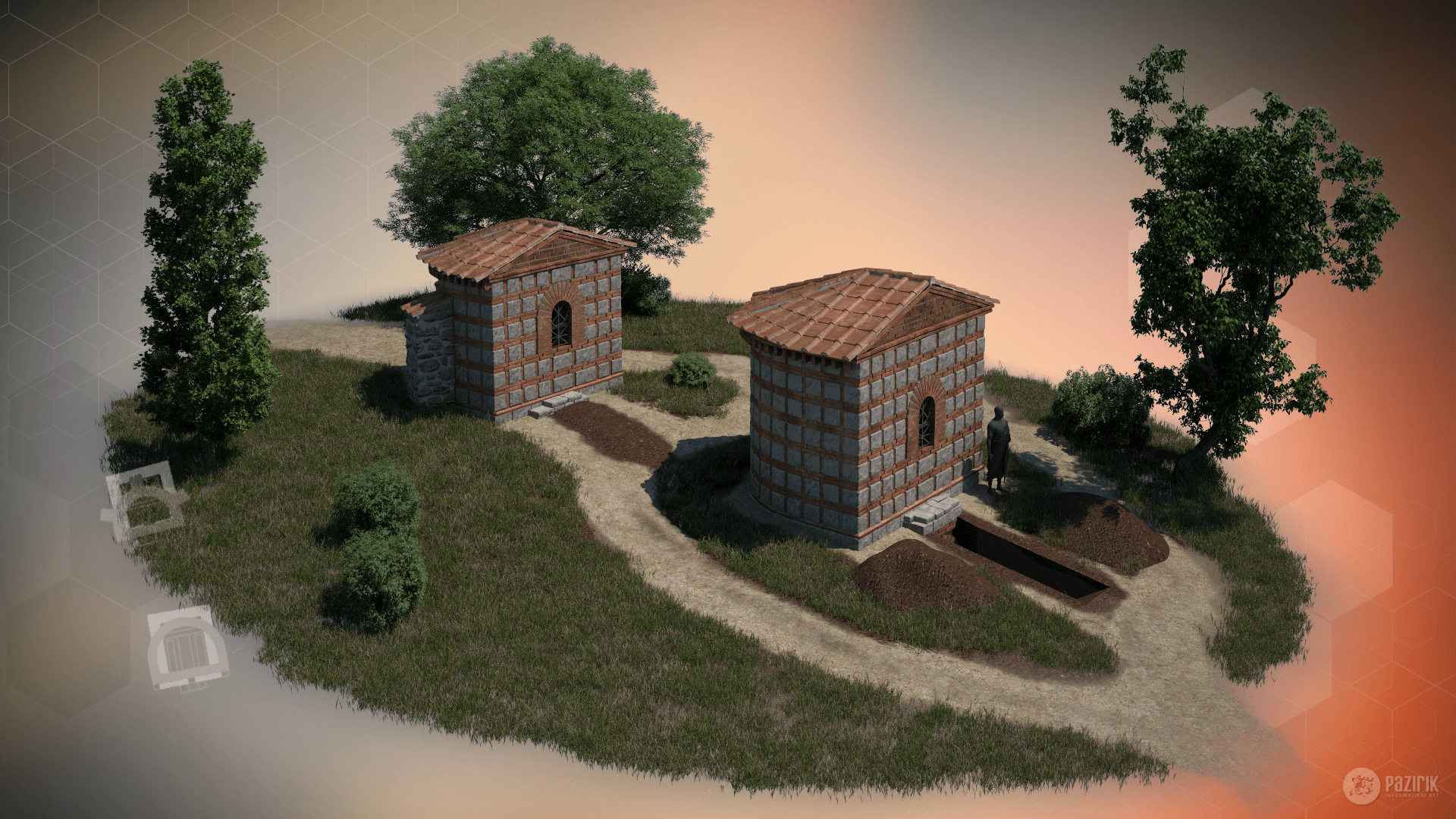
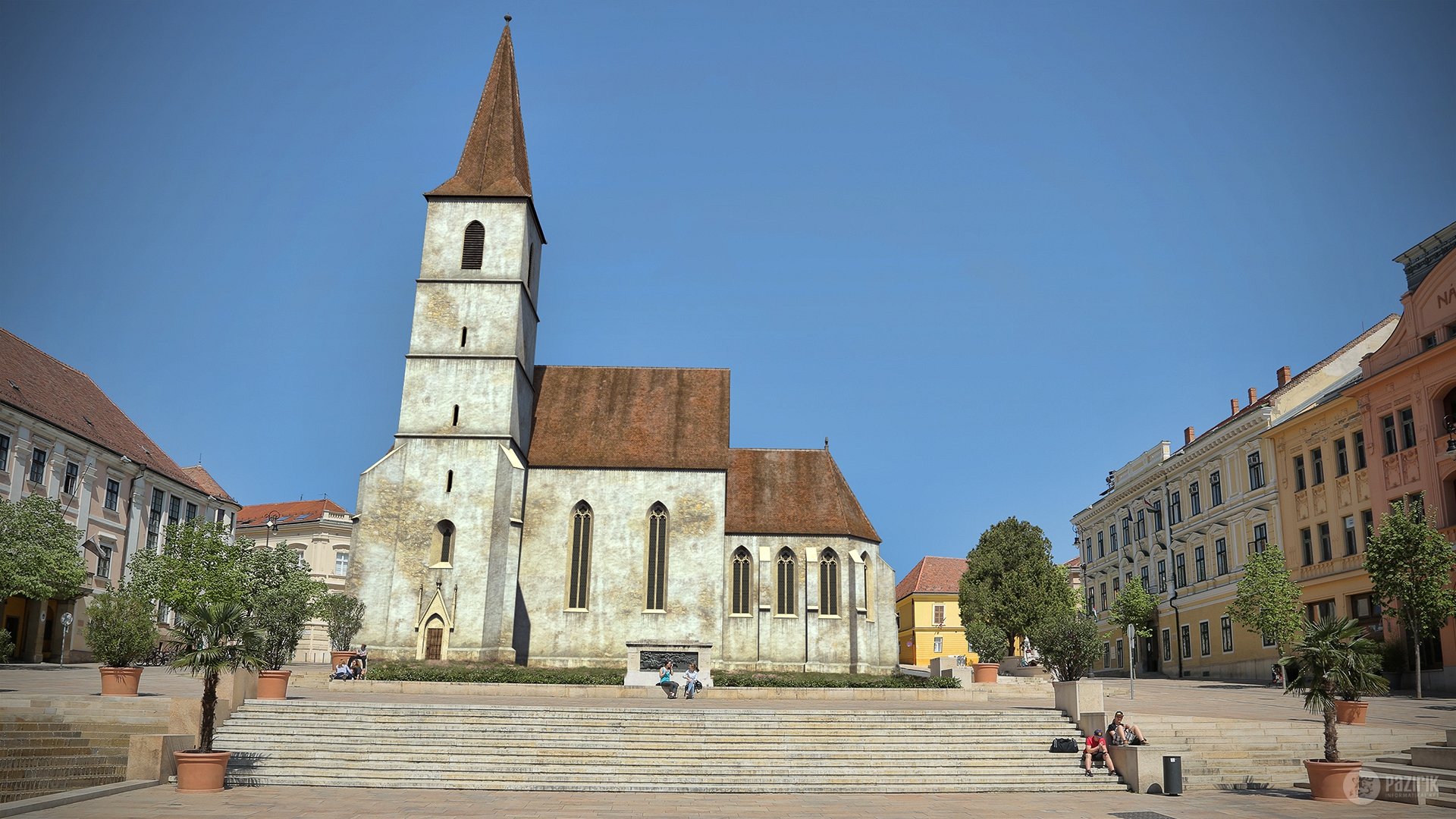
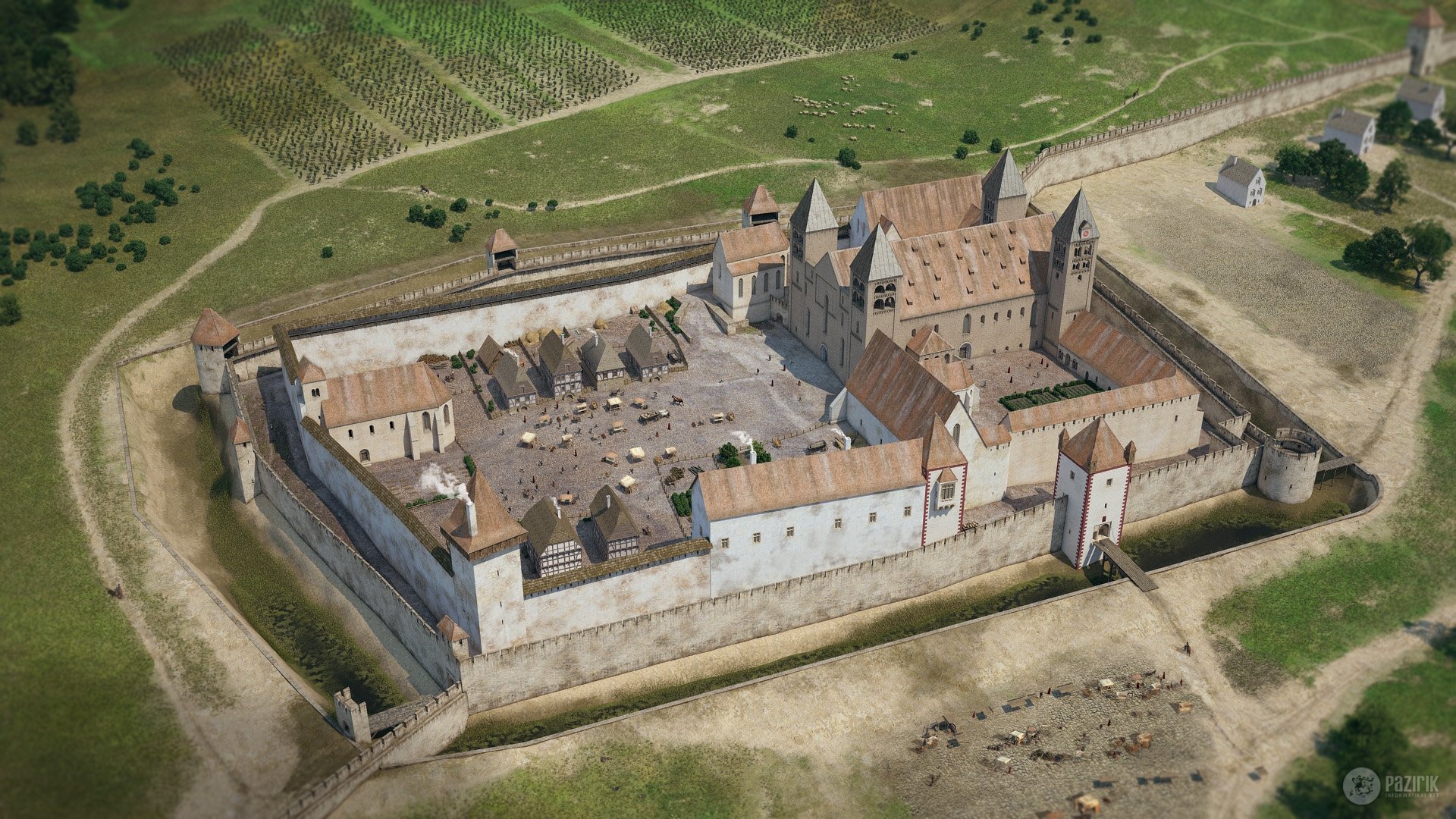

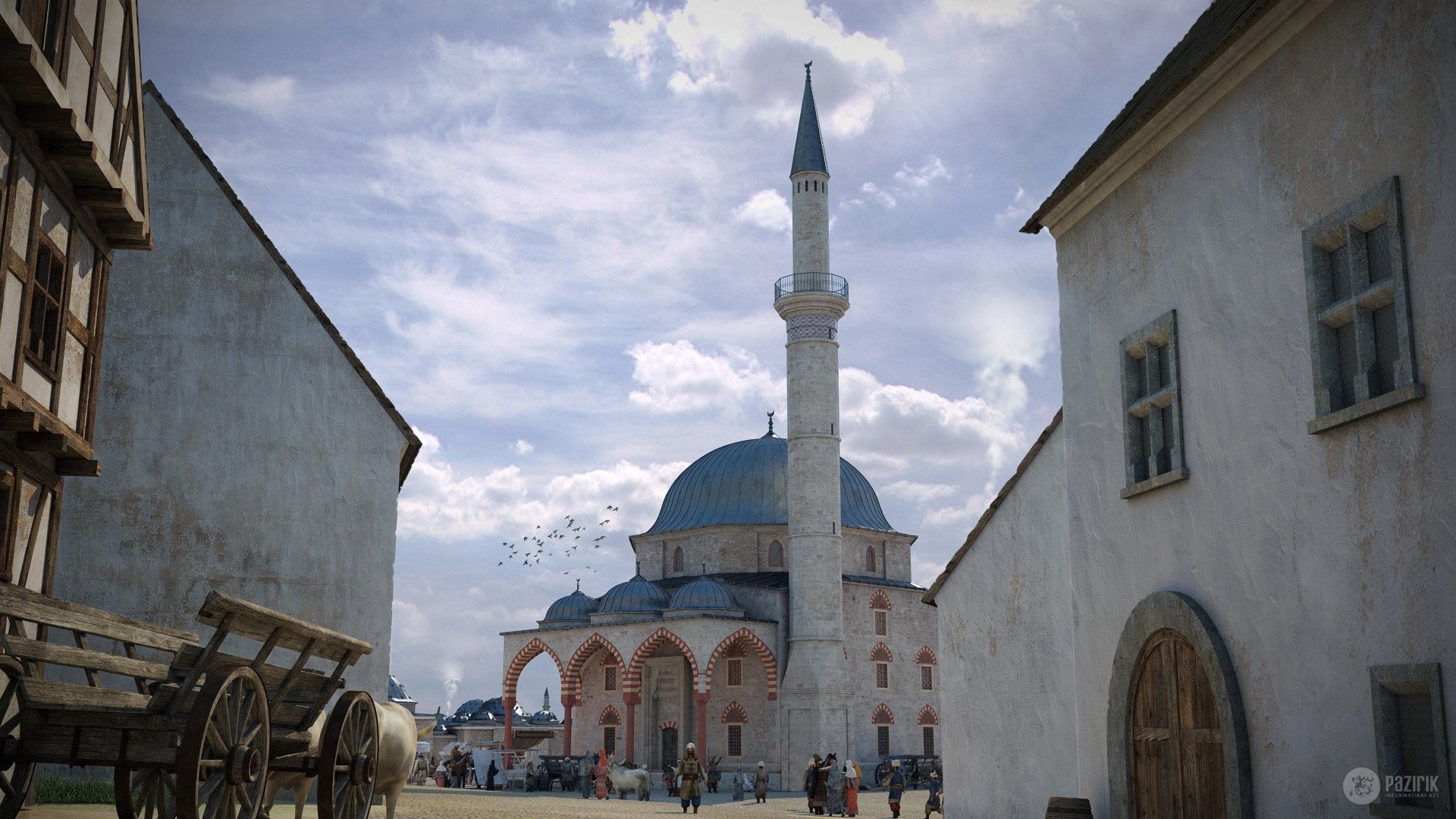
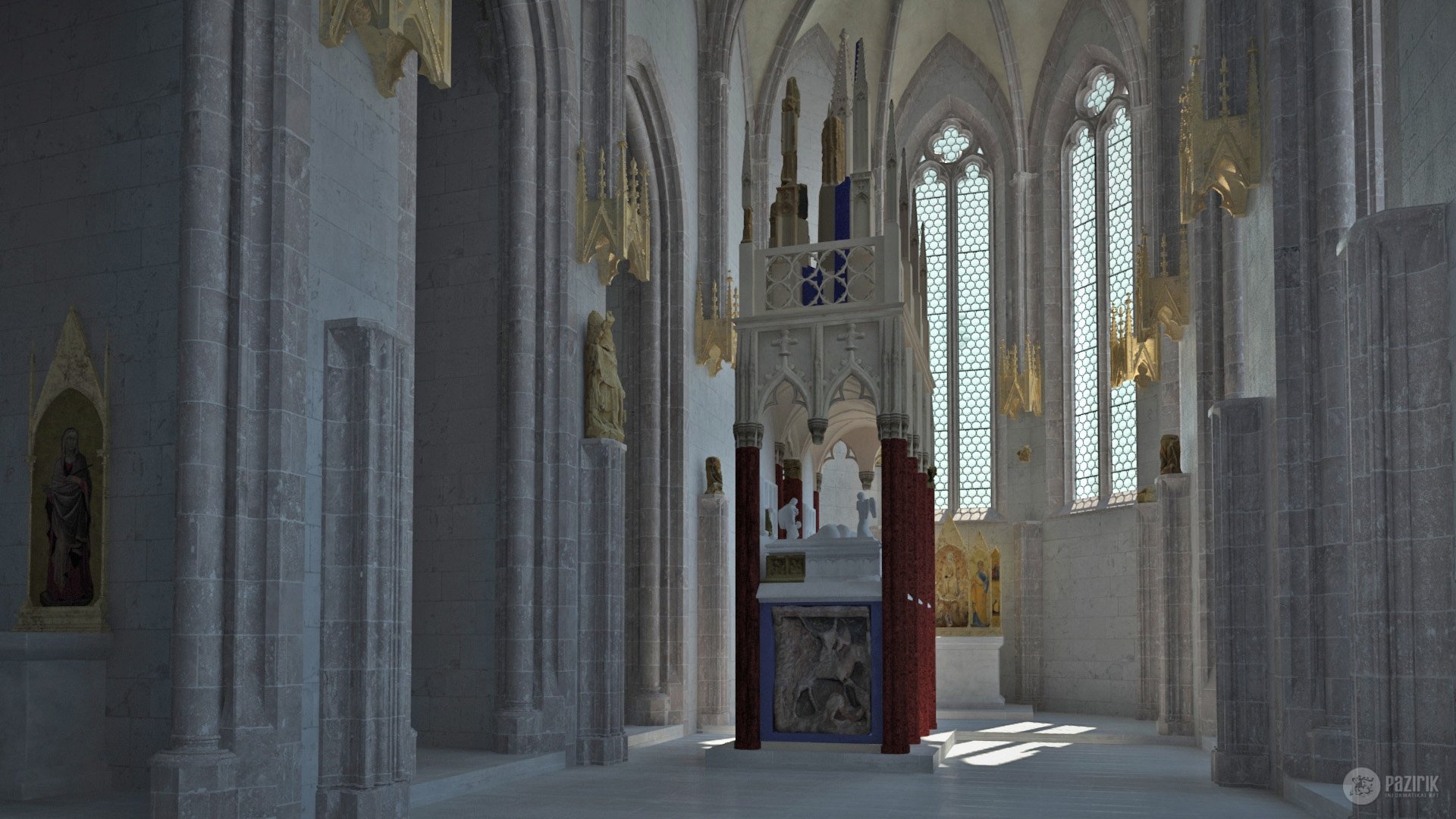
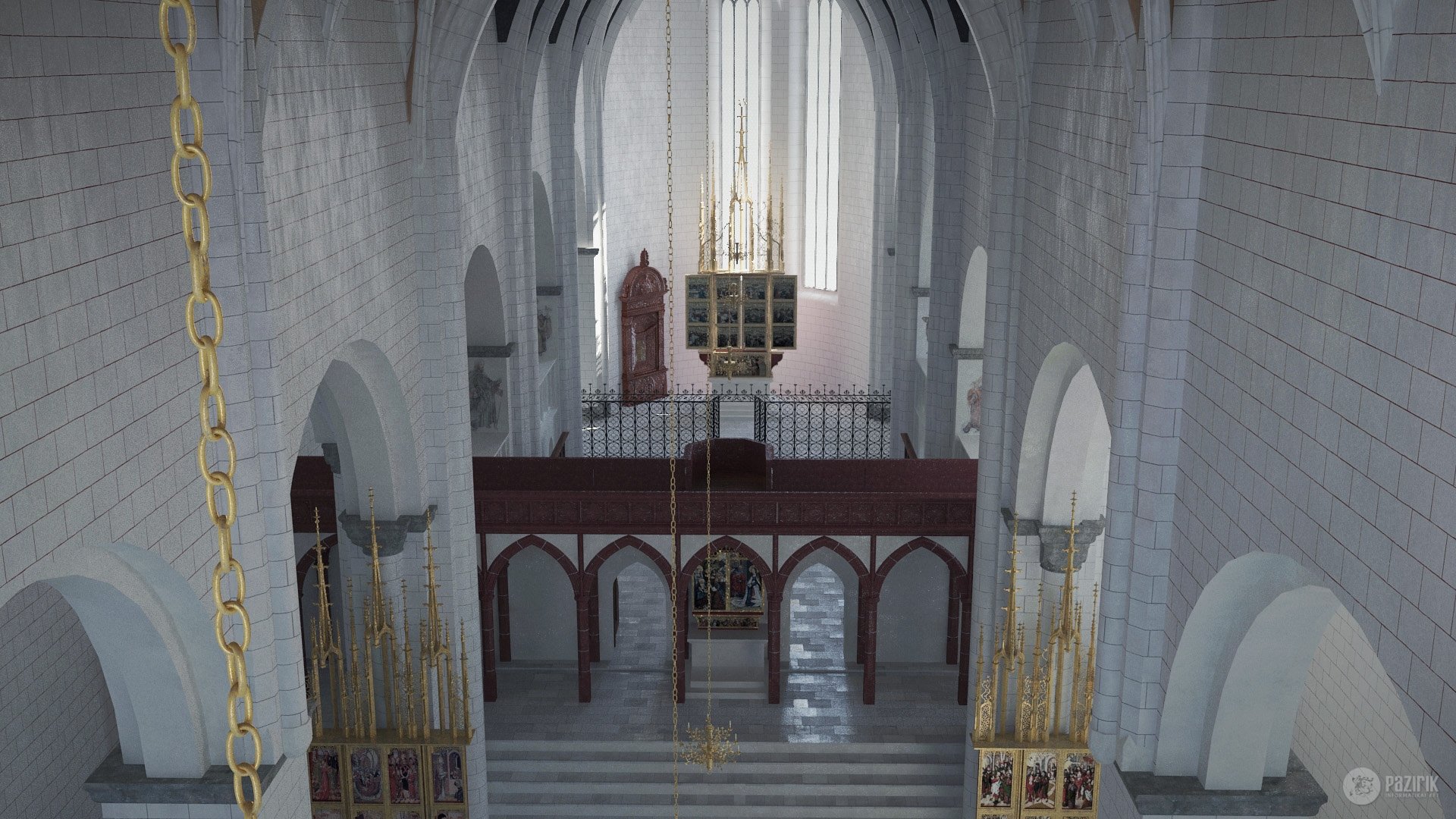
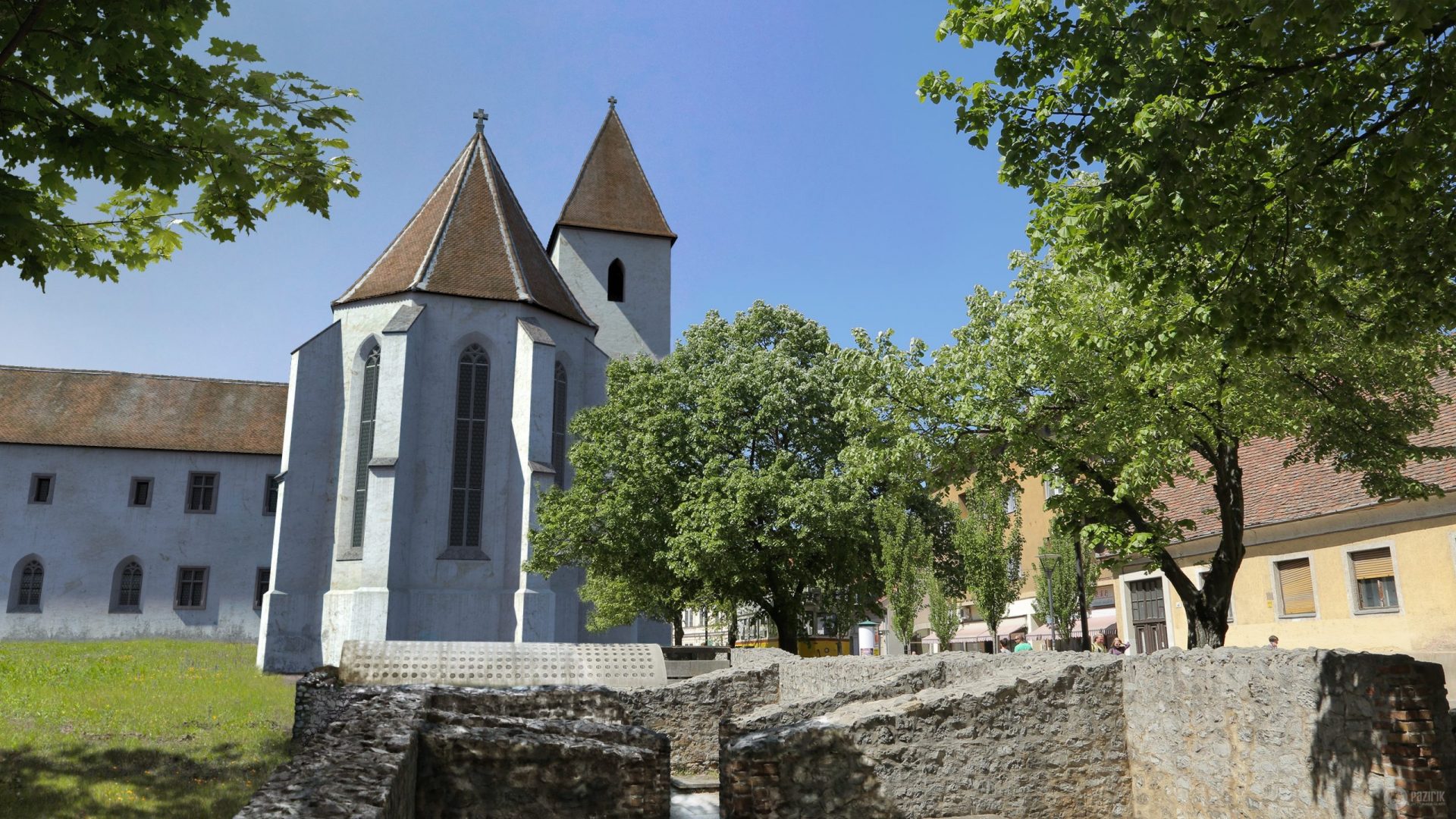
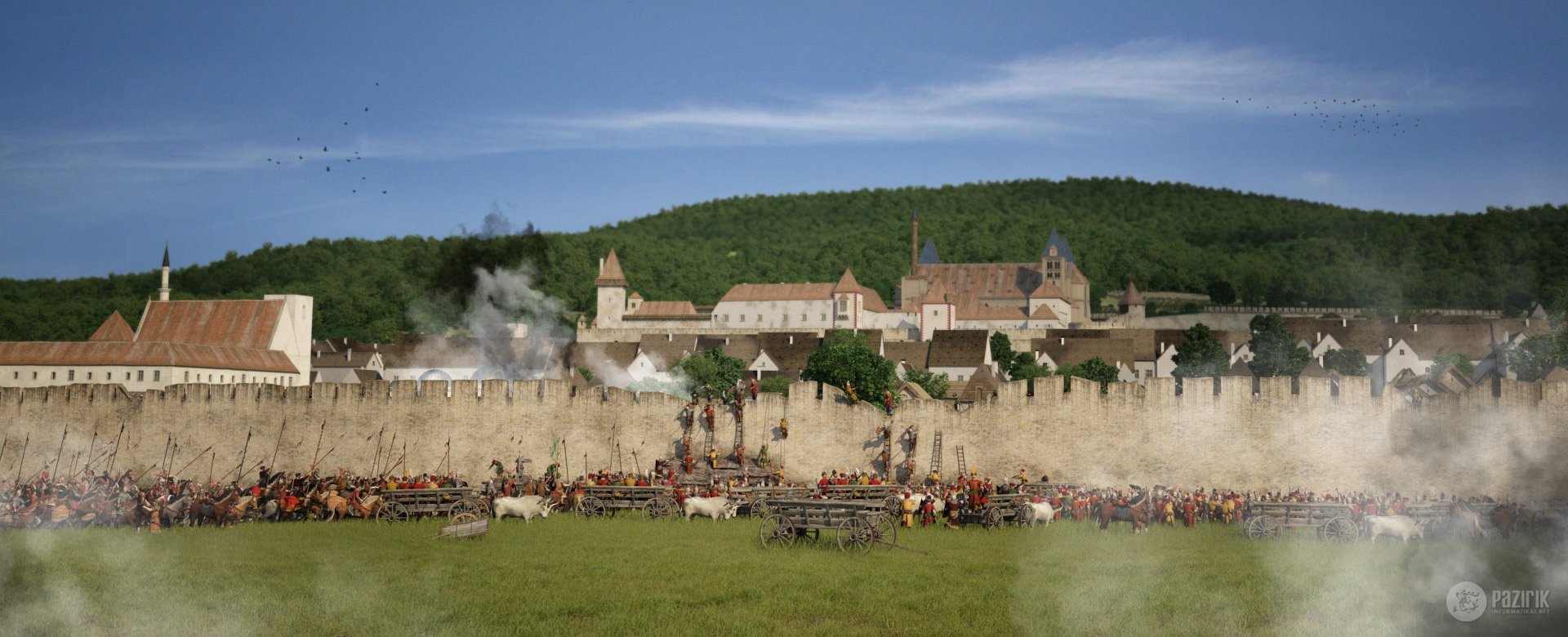
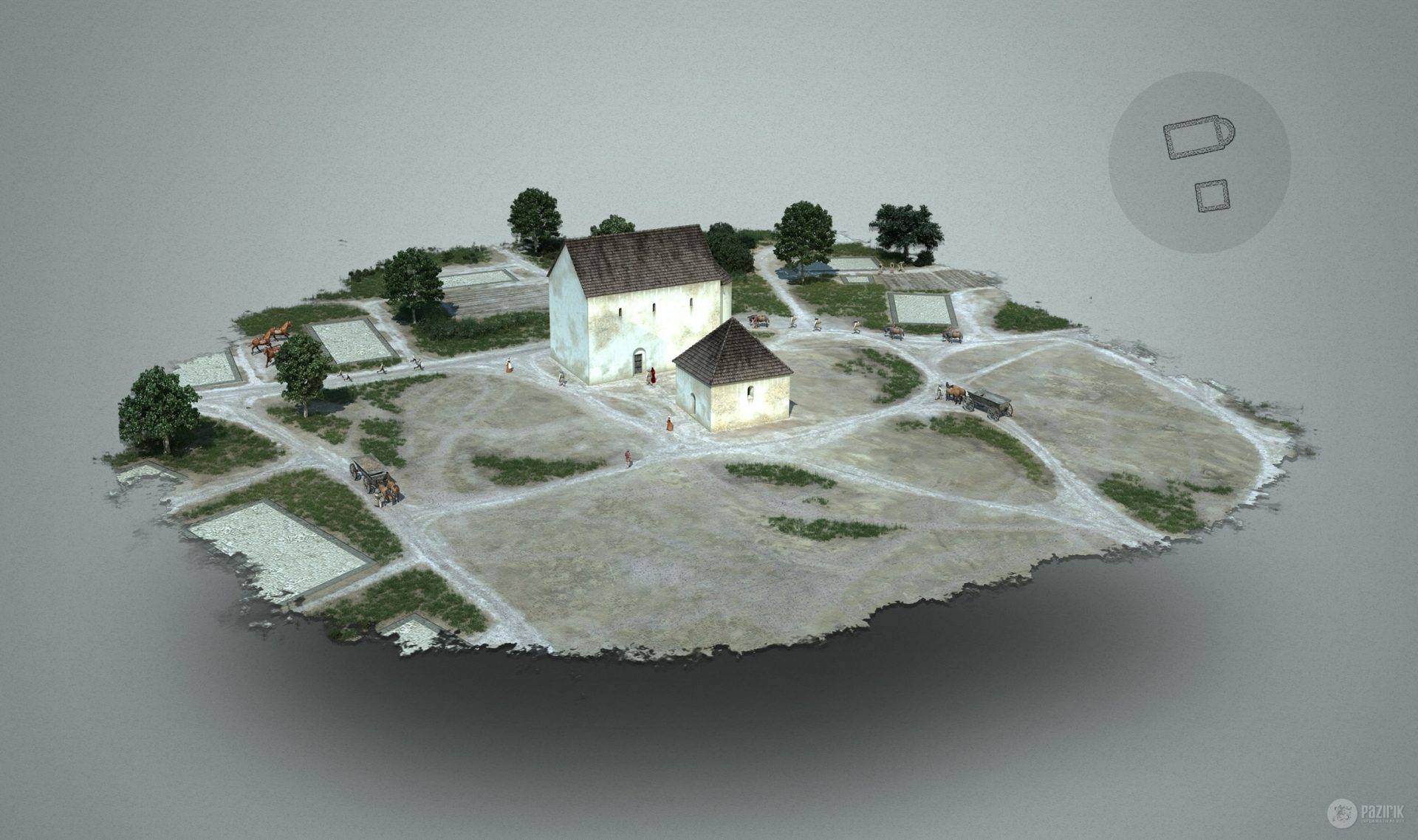
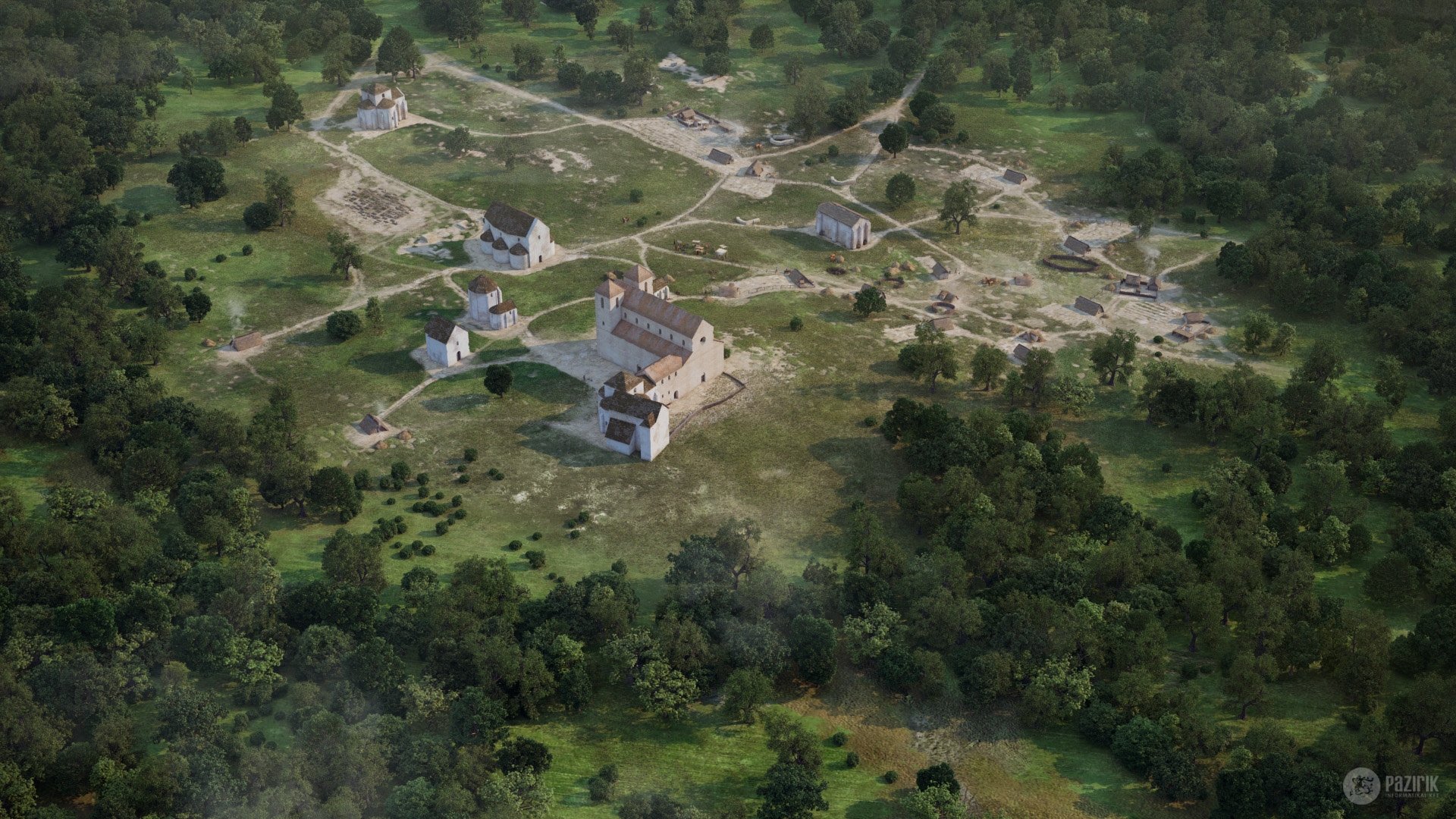
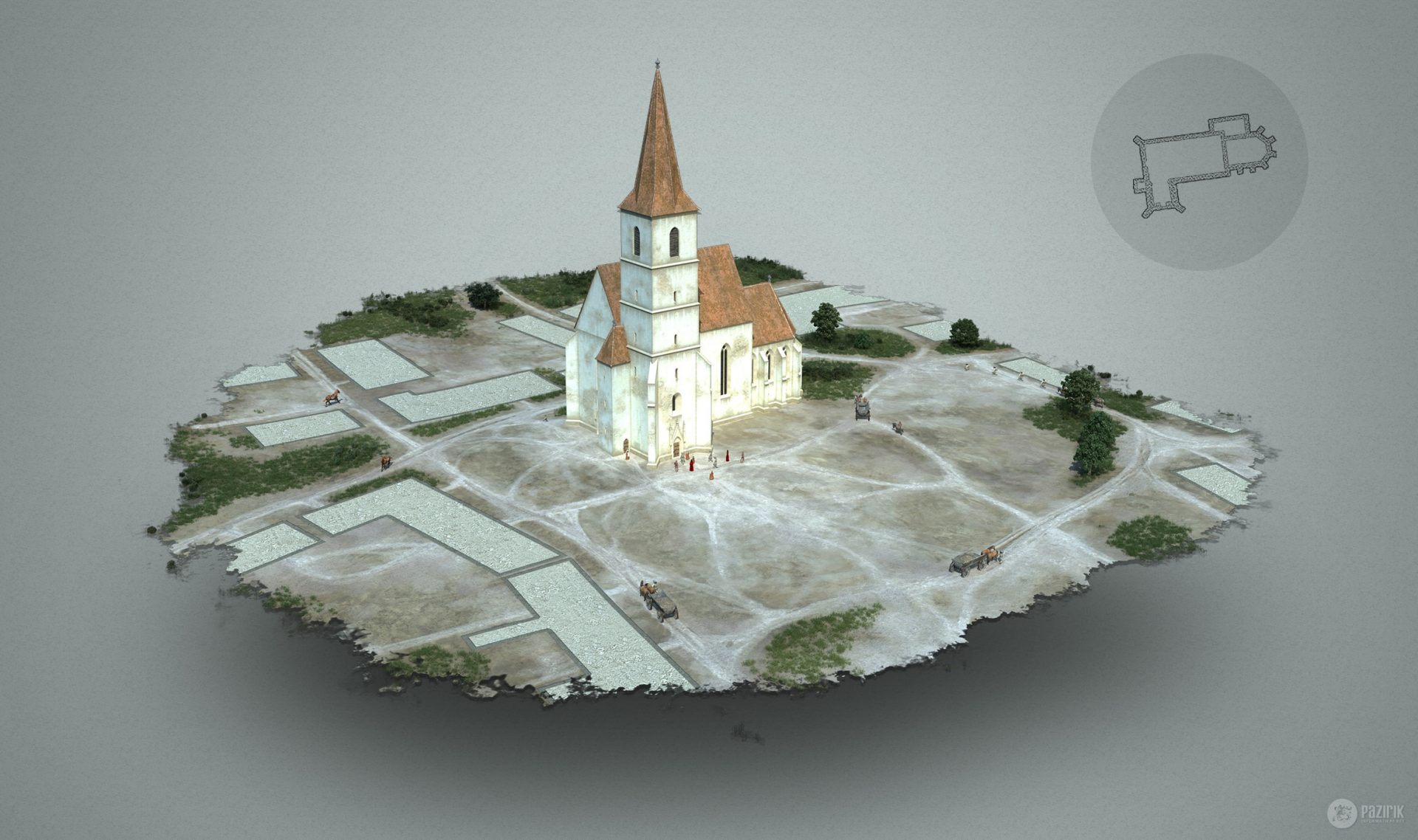
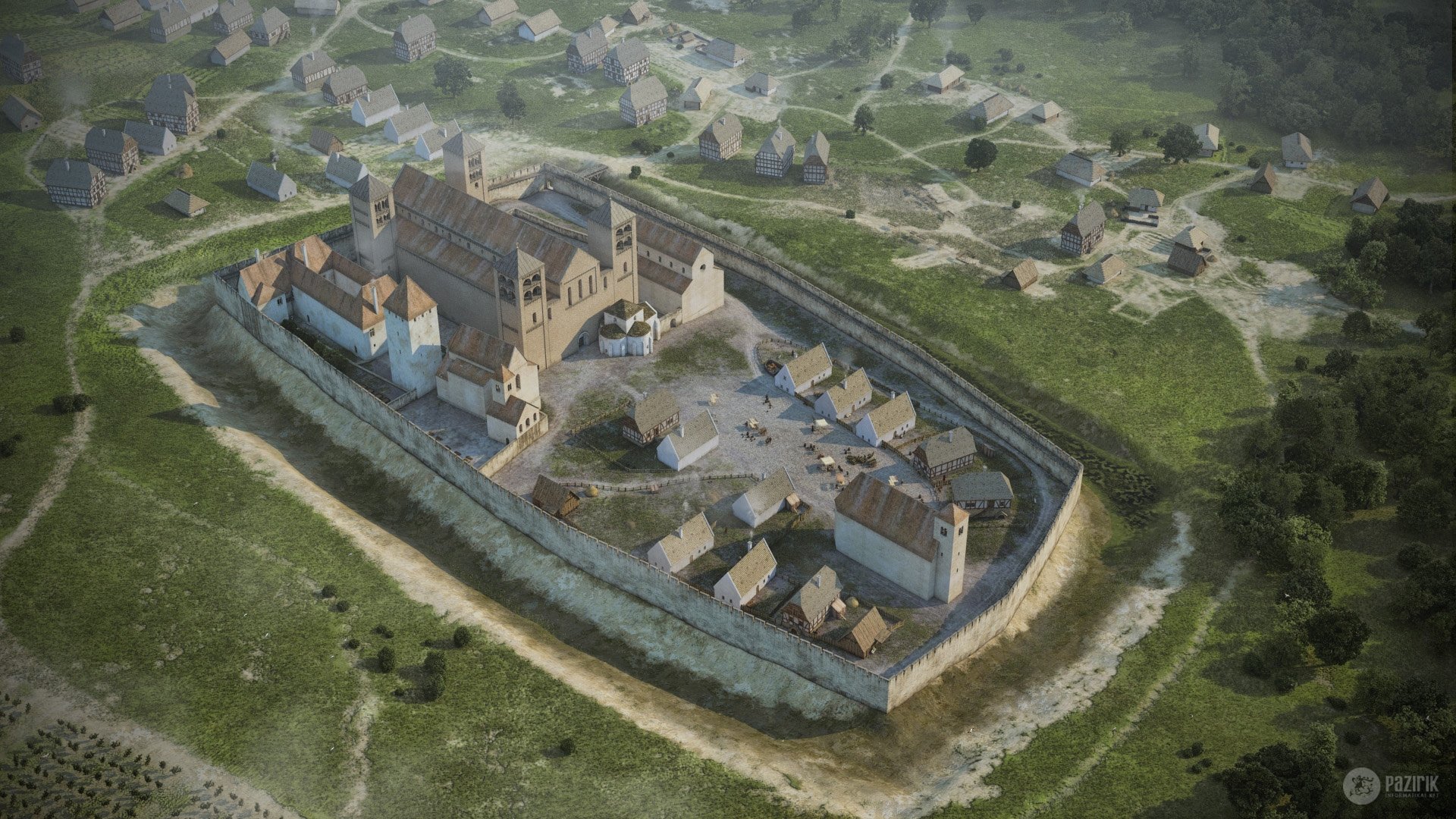
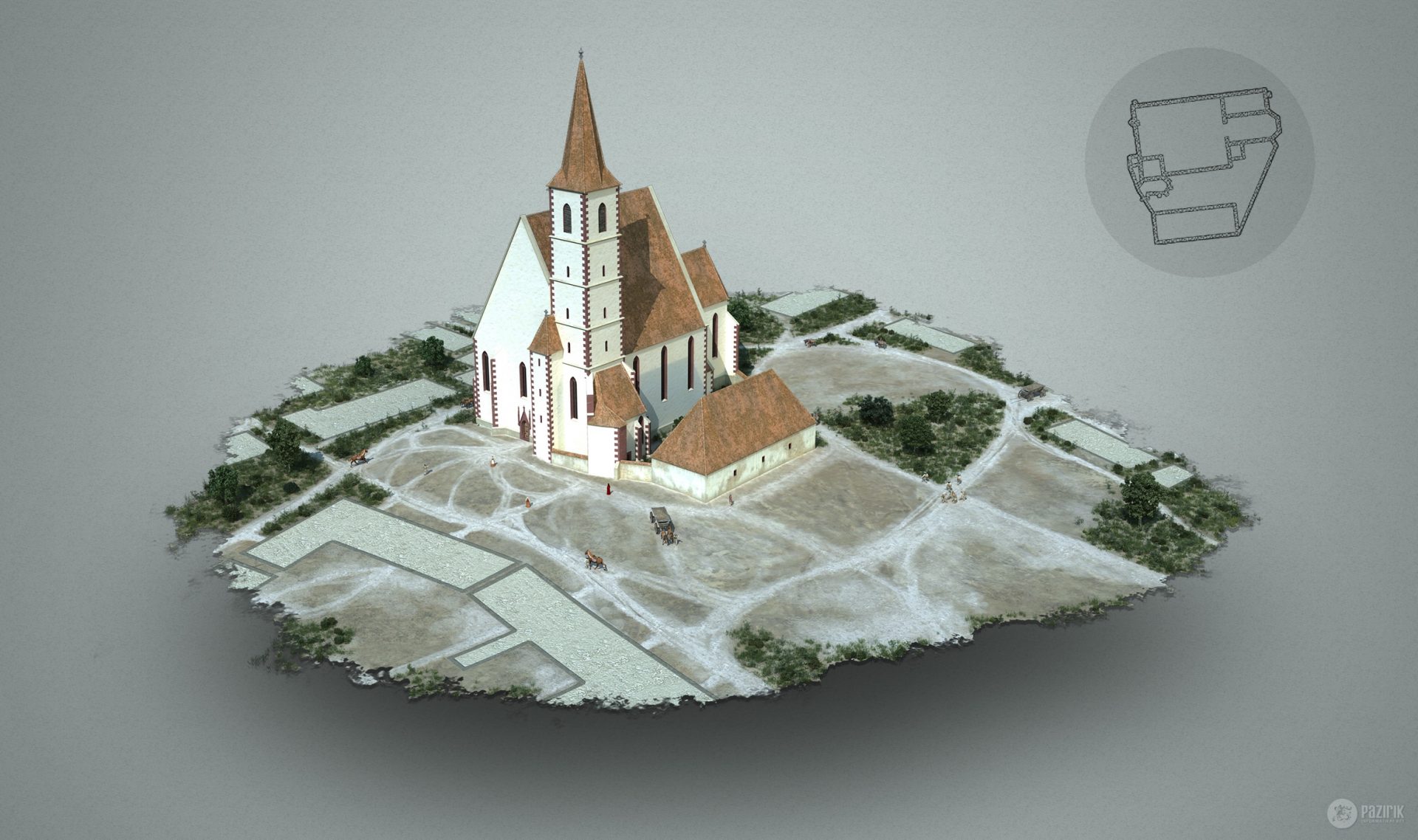
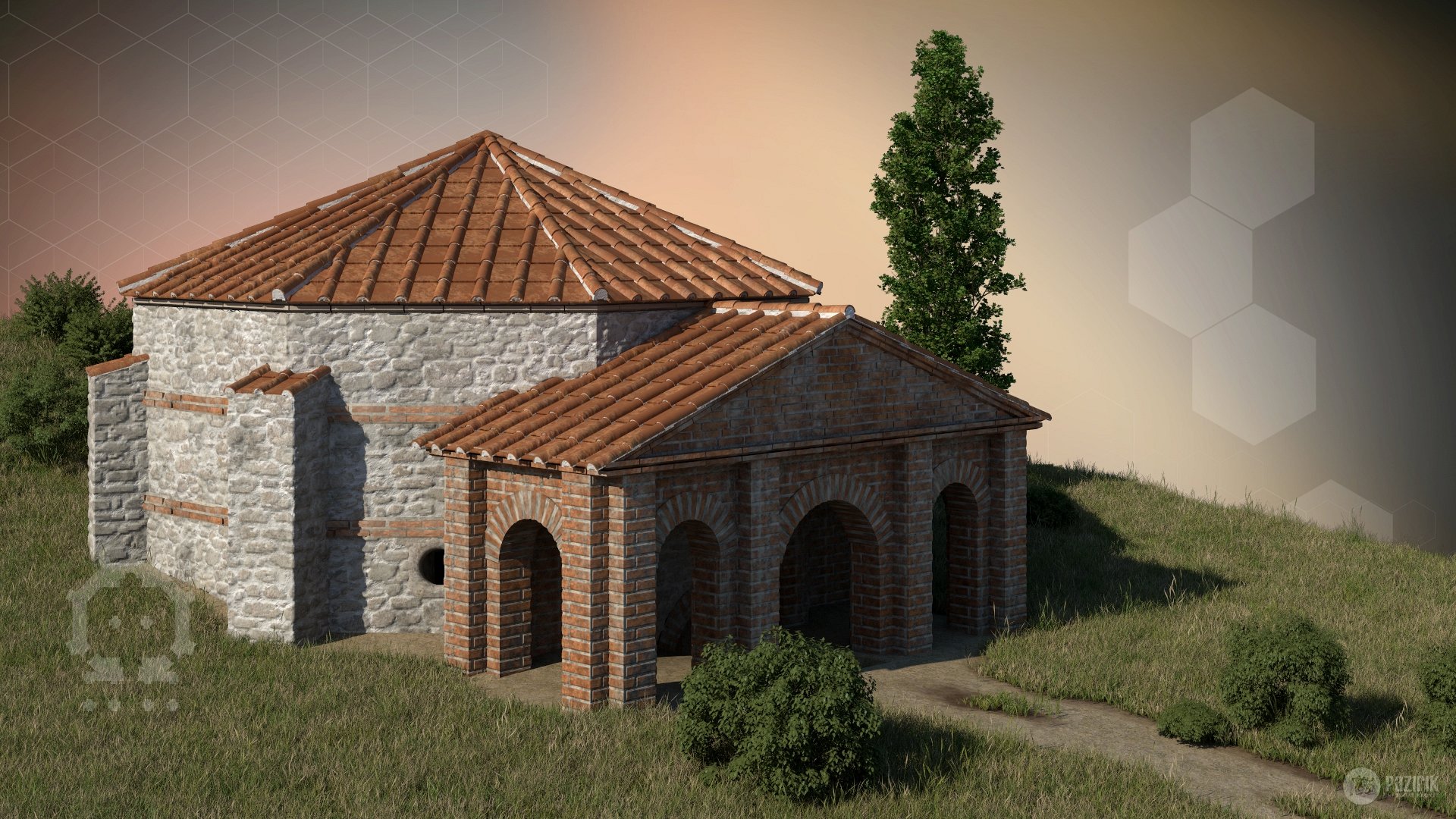
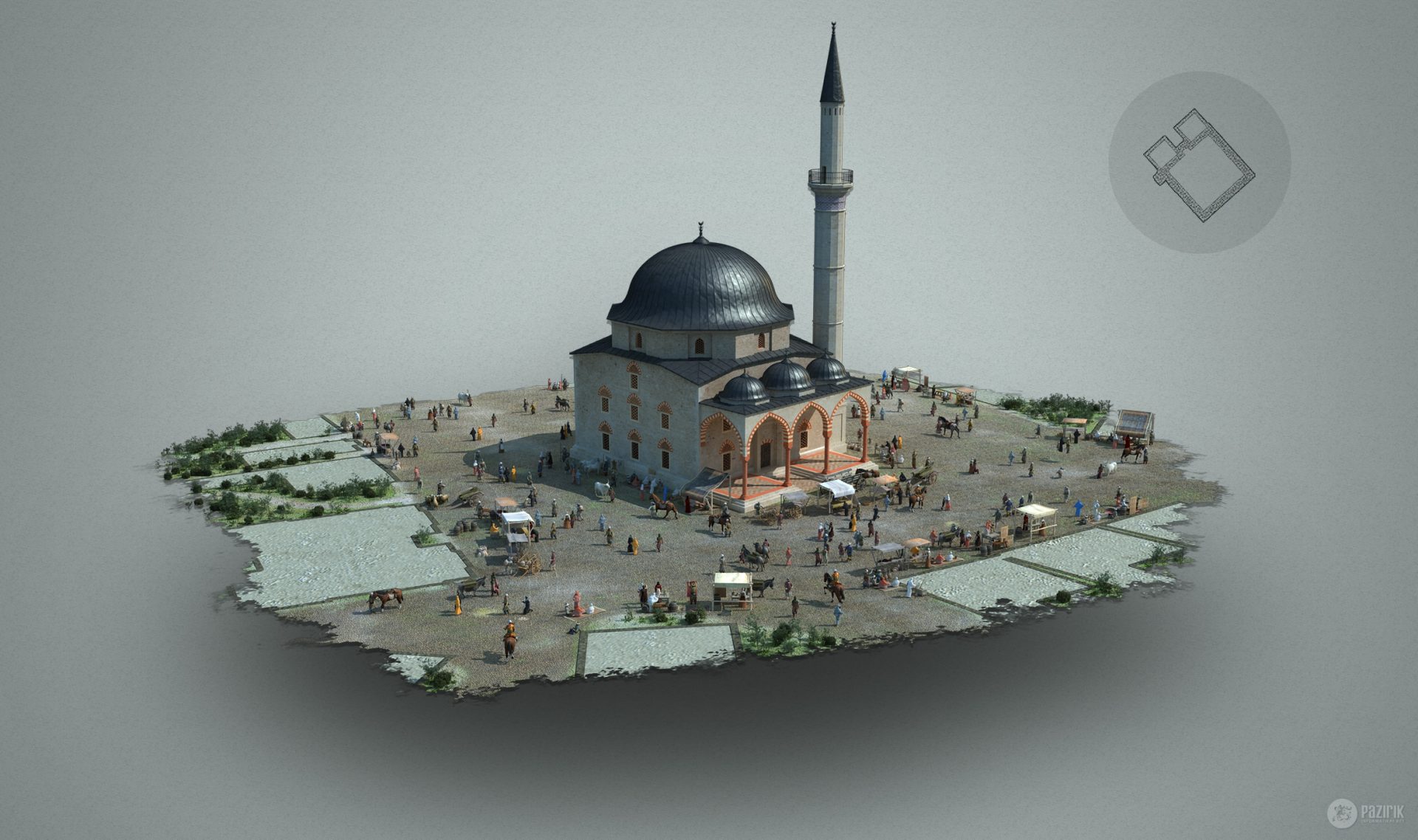

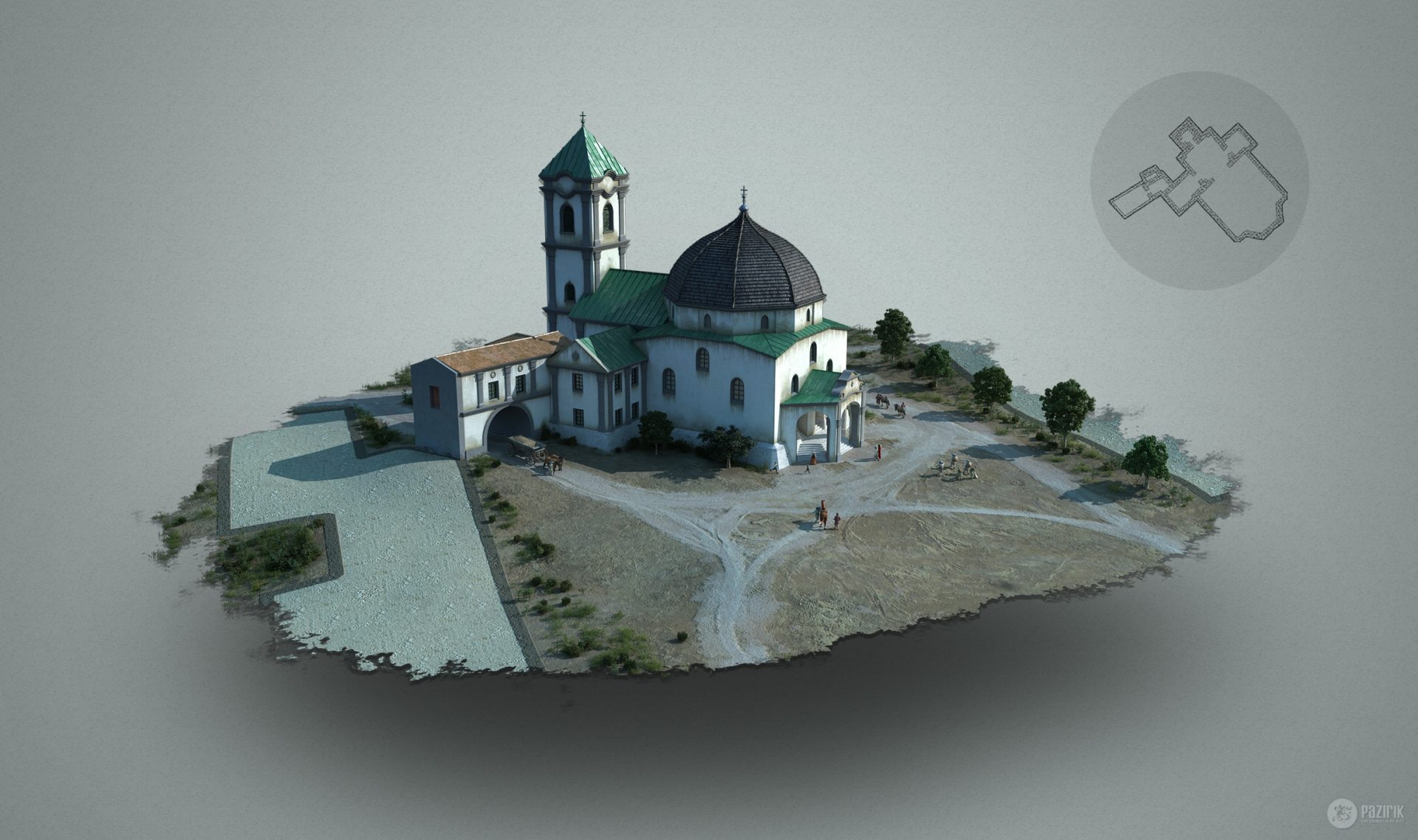
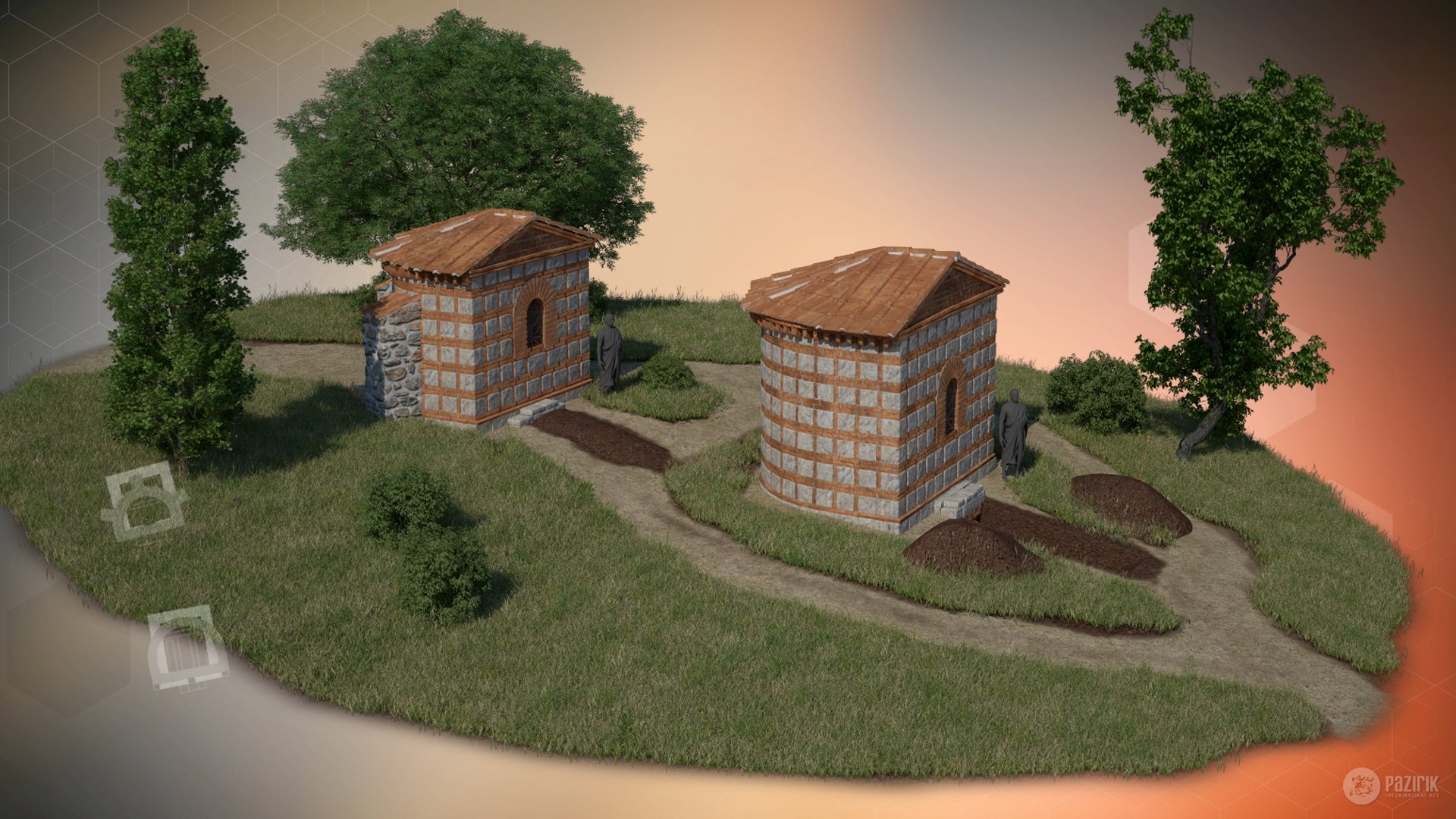
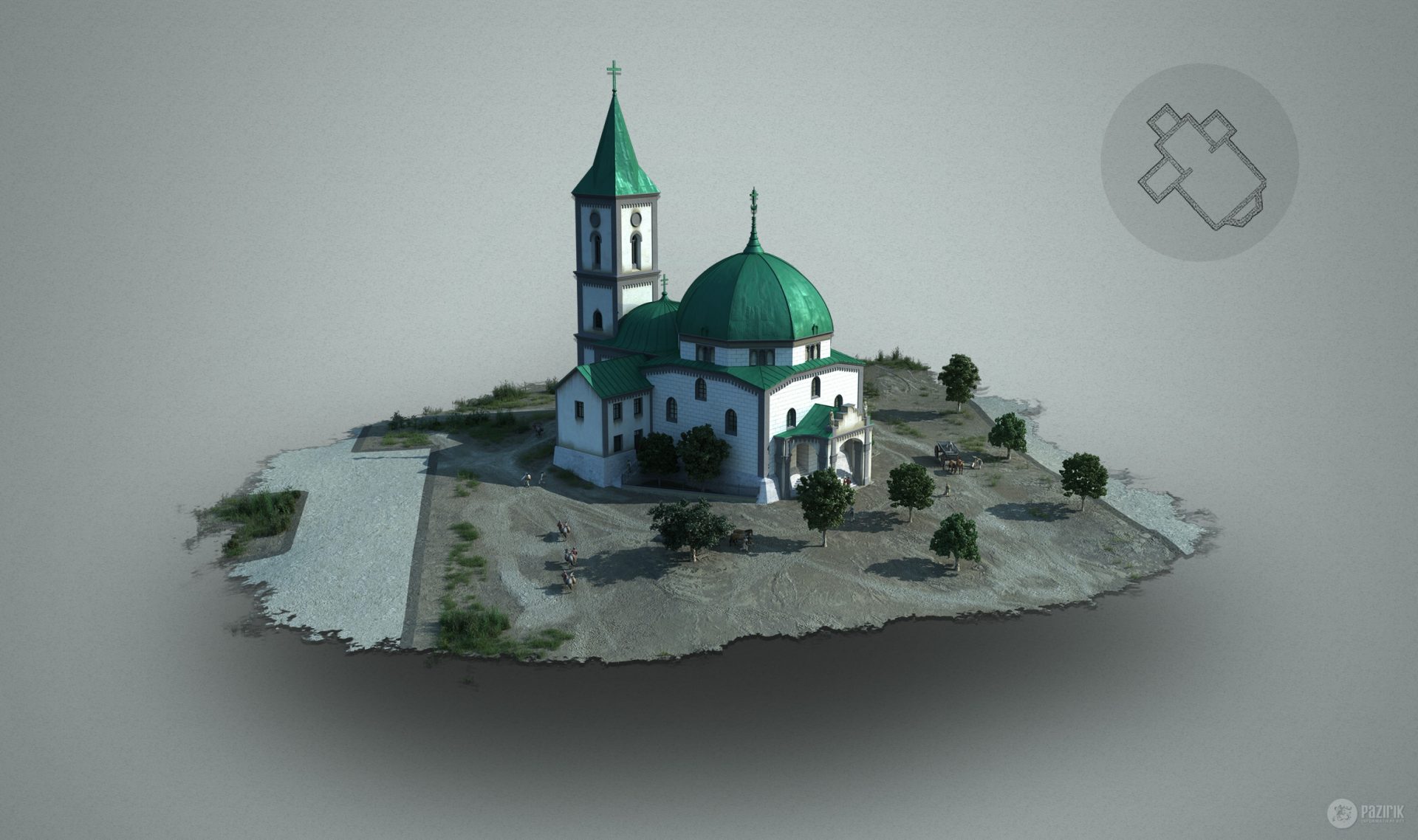
Historical Pécs
The area has been inhabited since ancient times, but when Western Hungary was a province of the Roman Empire (named Pannonia), the Romans founded several wine-producing colonies under the collective name of Sopianae where Pécs now stands, in the early 2nd century. In the first half of the 4th century, Sopianae became an important Christian city. The first Christian cemeteries, dating back to this age, are inscribed on the World Heritage List. By the end of the century, Roman rule weakened in the area, mostly due to attacks by Barbarians and Huns. When Charlemagne arrived in the area, it was ruled by Avars. Charlemagne, after conquering the area, annexed it to the Holy Roman Empire. After the Hungarian conquest Pécs became an important religious centre and episcopal seat. In the Ottoman era, after occupying the city, the Turks fortified it and turned it into a real Ottoman city. The Christian churches were turned into mosques; Turkish baths and minarets were built, Qur’an schools were founded, there was a bazaar in place of the market. For a hundred years the city was a sanjak centre in Budin Eyalet at first and Kanije Eyalet later as “Peçuy”. Our animated movies about the diversified history of this ancient city – from the Roman era till the end of the Ottoman period – can be watched in several exhibitions around Pécs.

